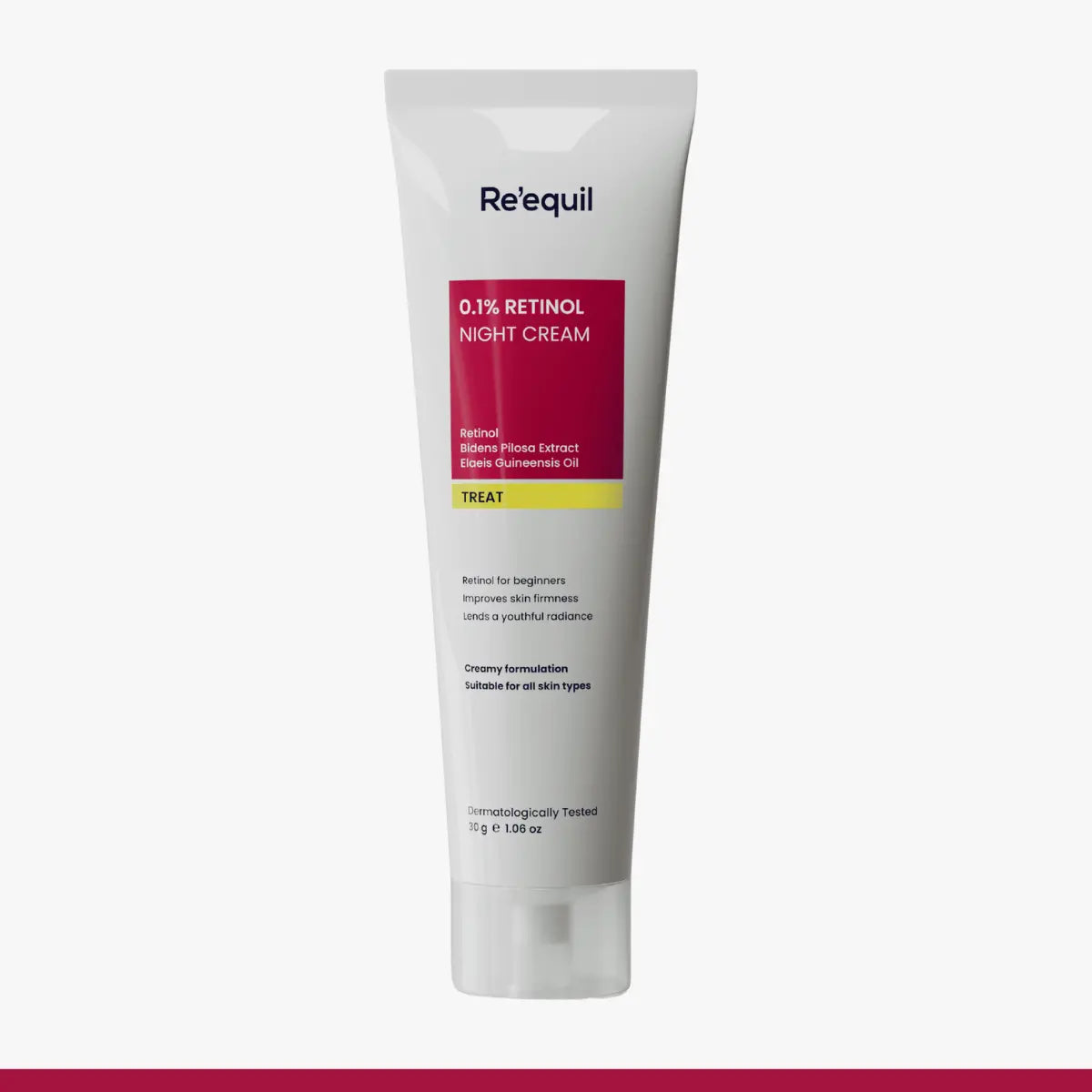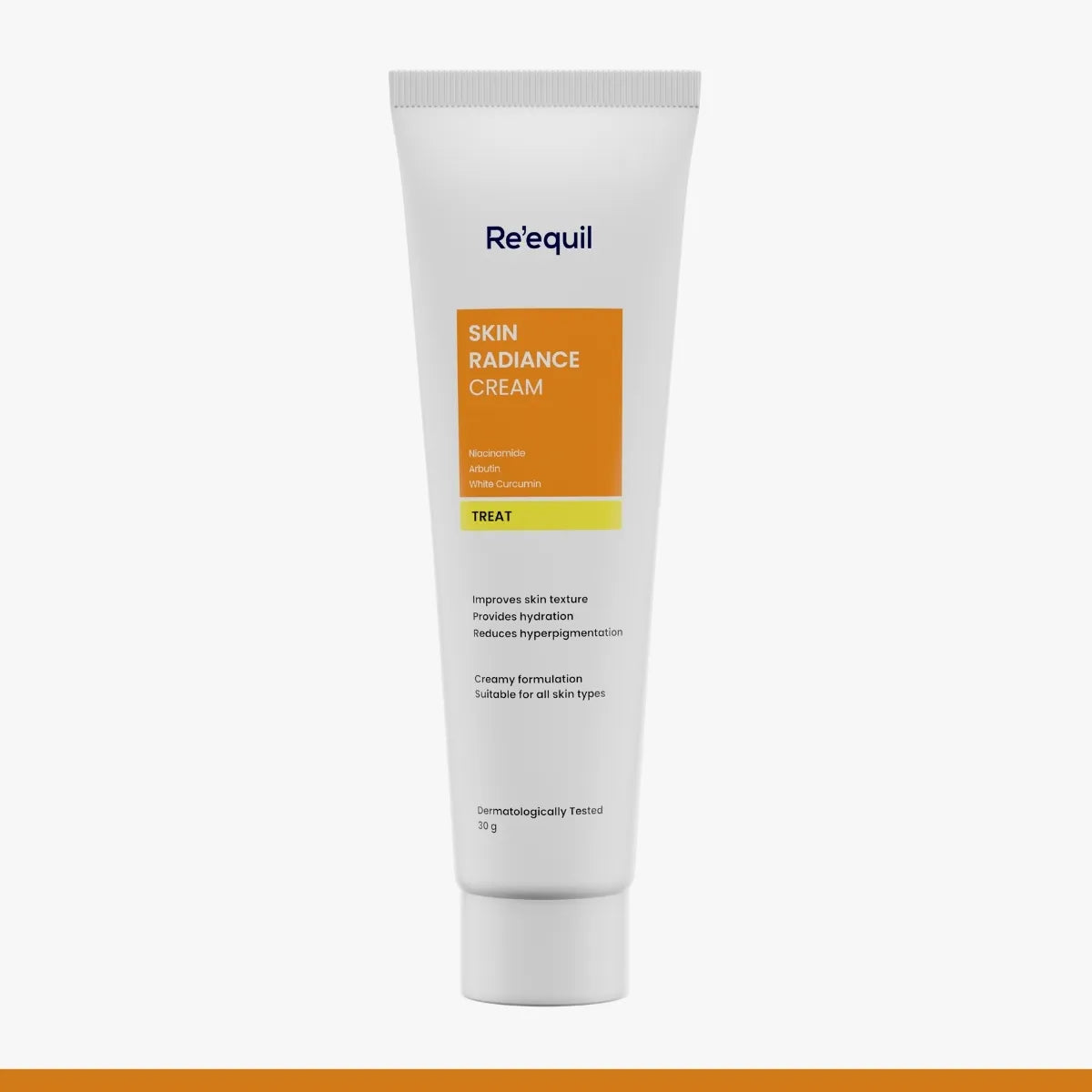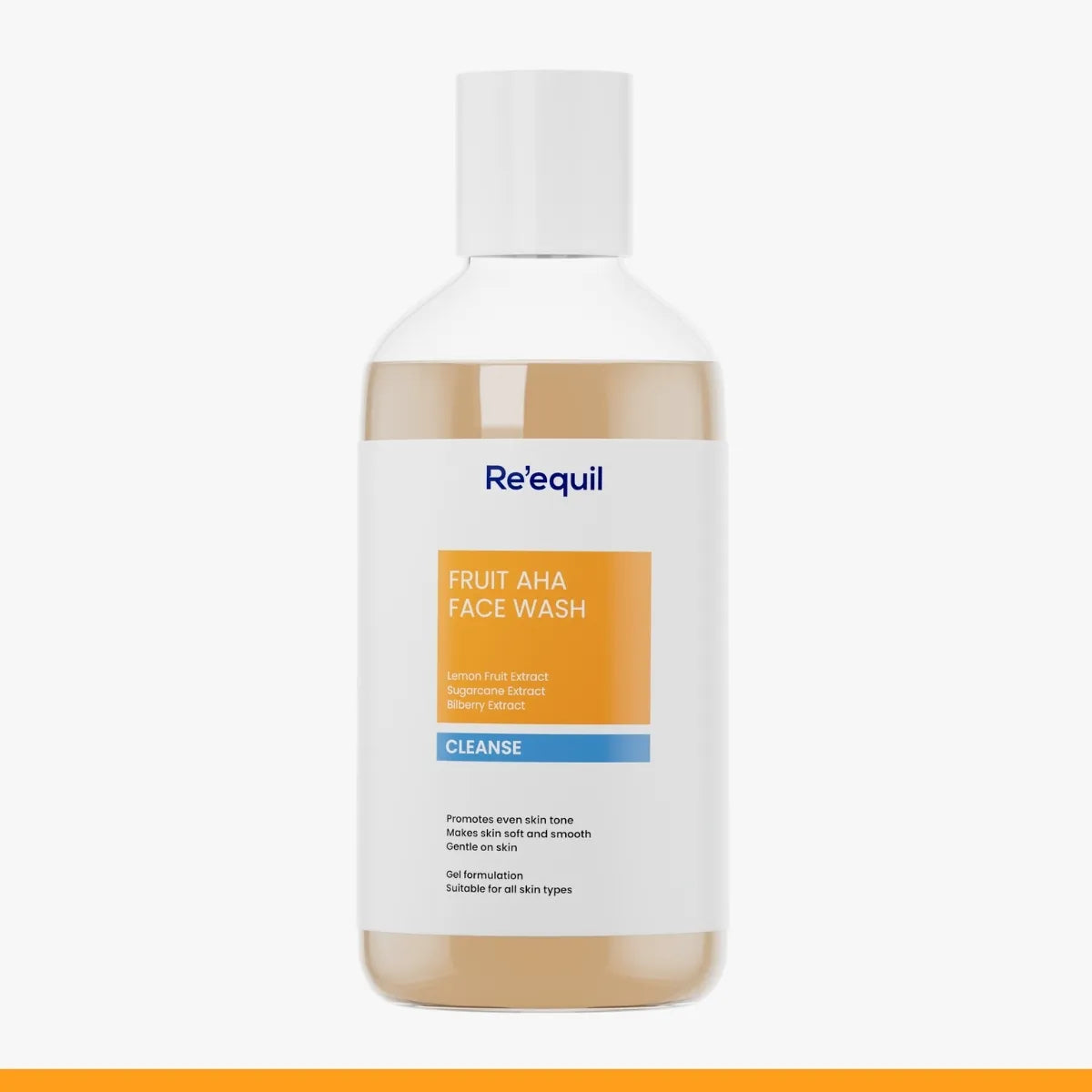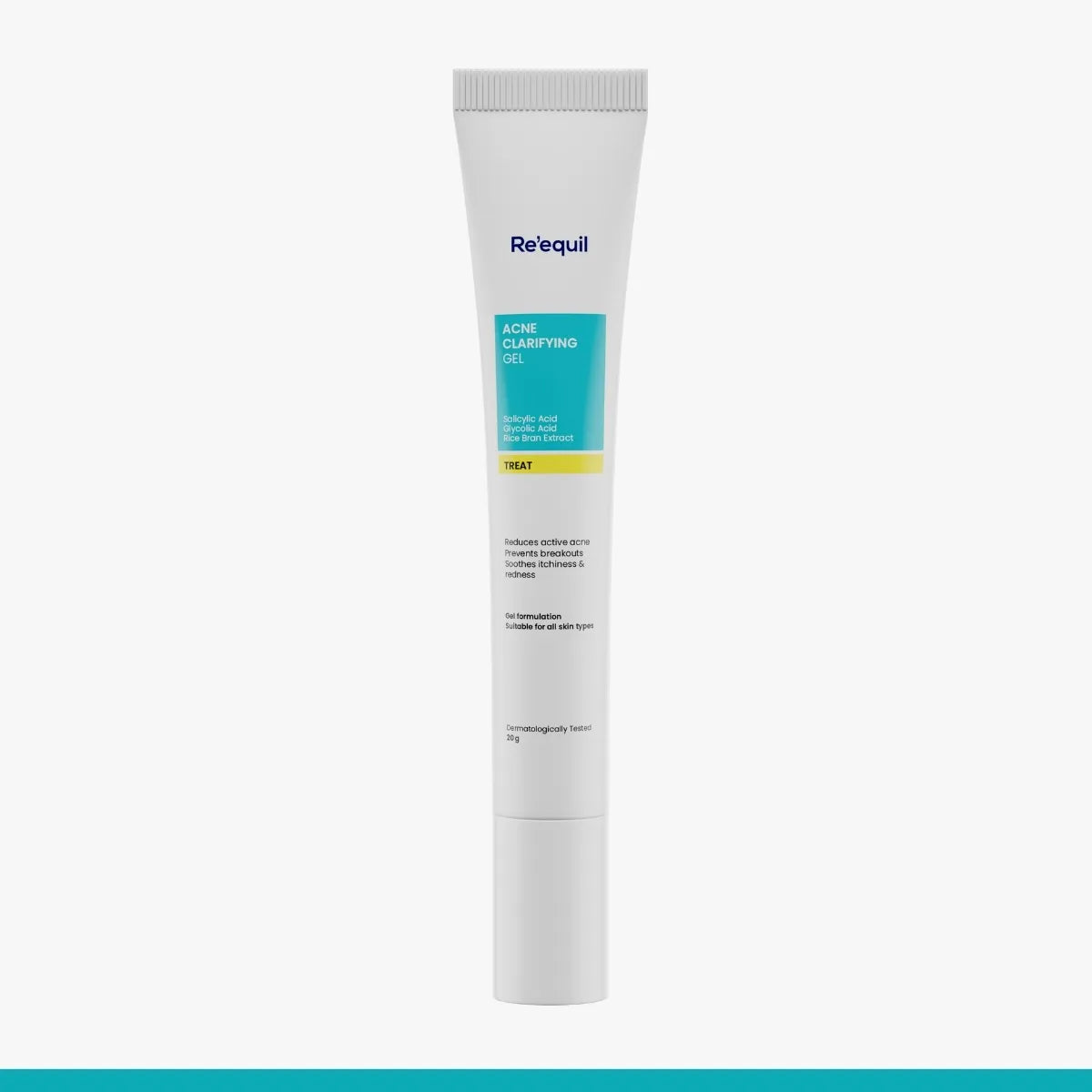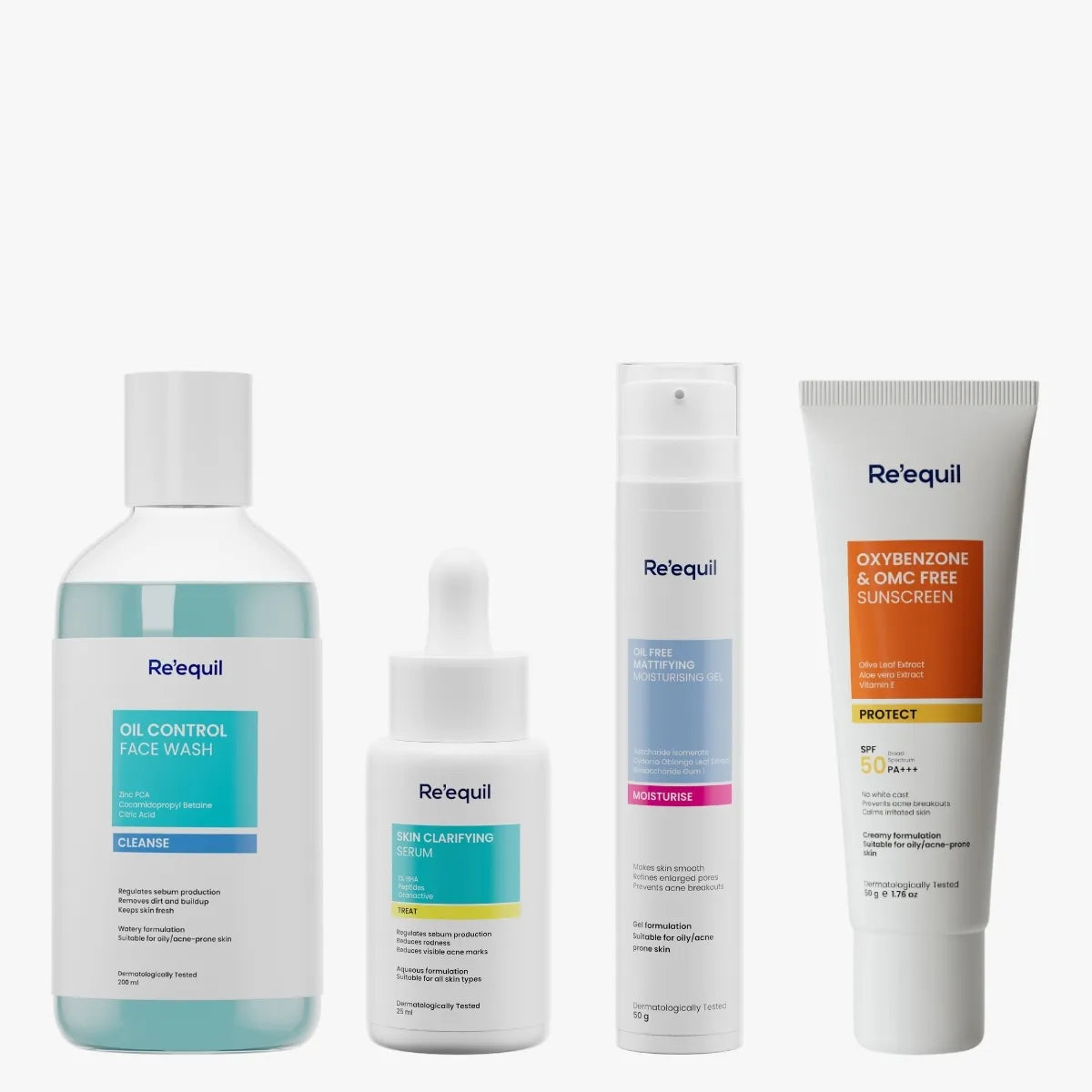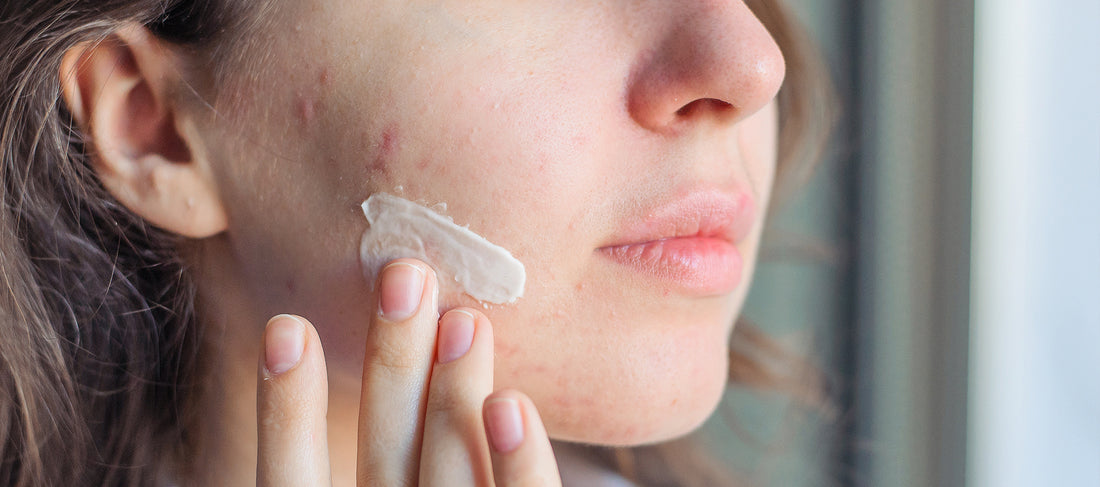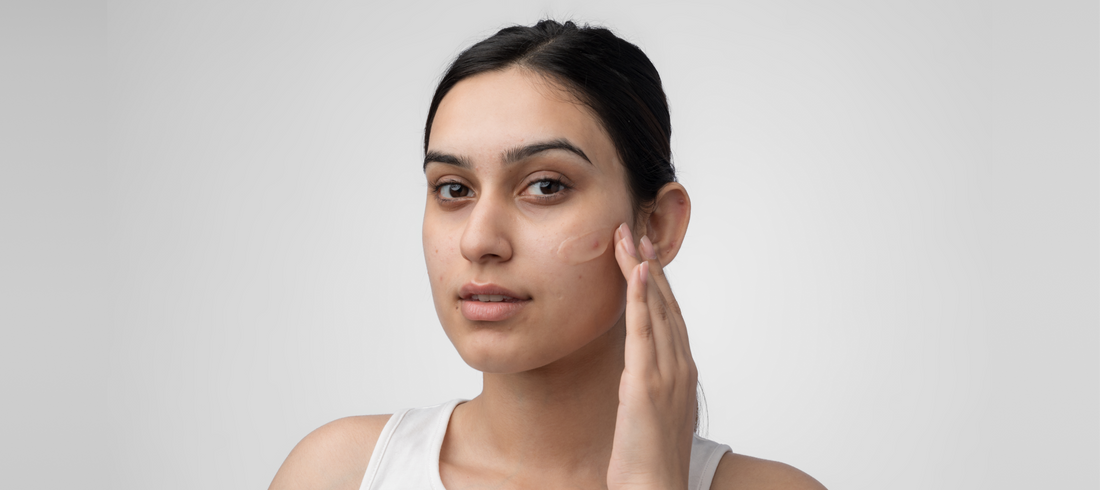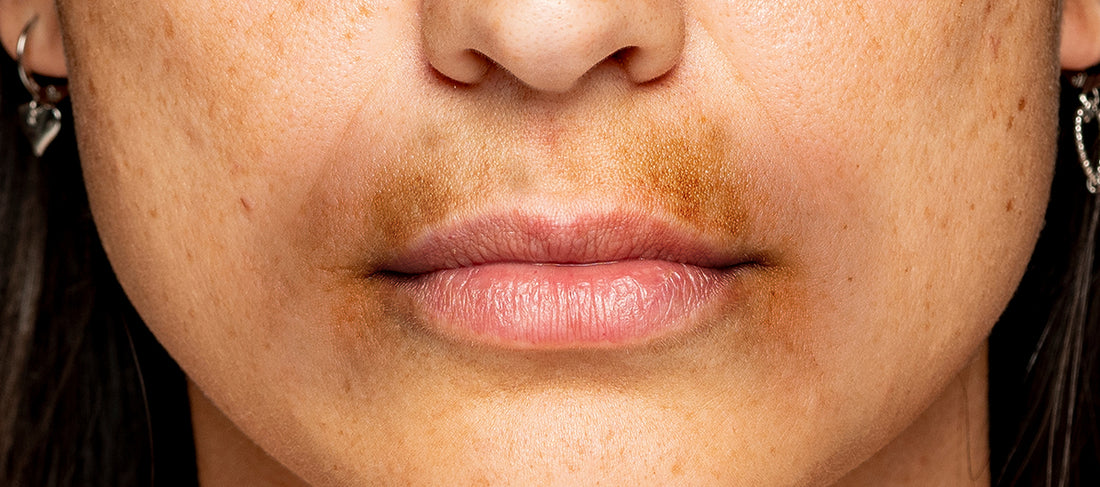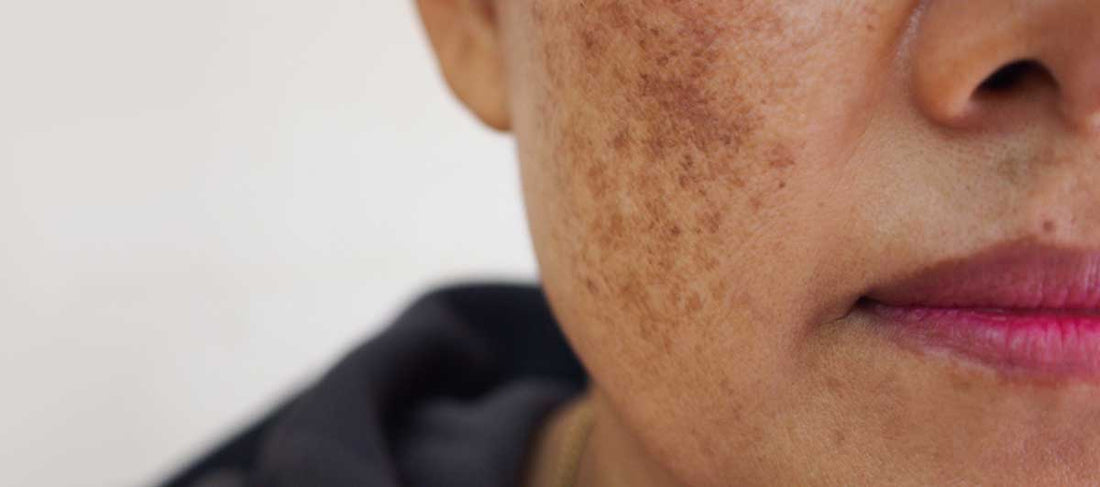Both Salicylic Acid and Glycolic Acid belong to a group of compounds known as hydroxy acids.
Does that imply they work the same way and have similar benefits?
In a few ways, yes. Both are well known for exfoliation and preventing acne.
But for the most part, GA and SA work in different ways and are meant to target different skin concerns.
In this blog post, we will discuss the differences between Glycolic Acid and Salicylic Acid and which one you should use based on your skin concerns.
What is Salicylic Acid?
Salicylic Acid is a type of (BHA) Butylated hydroxyanisole and is used to treat various skin disorders.
SA has been around for over 2,000 years; its ability to deeply exfoliate the outer layer of the skin (stratum corneum) was first discovered in the 1860s.
Salicylic Acid is used in various cosmetic preparations that target acne, hyperpigmentation and a couple of other skin concerns.
It is extracted naturally from the bark of white willow and birch leaves—however, it can also be synthesised artificially.
Salicylic Acid is an effective chemical peeling agent, according to a 2015 study
But what exactly is a chemical peeling agent?
Is it conducted under the supervision of a Dermatologist?
No, chemical peeling causes a controlled chemical injury to a part of or complete epidermis by application of a chemical peeling agent (such as Salicylic Acid), which leads to the exfoliation of skin’s outer layers—removing dead skin cells—ensuingly regenerating new skin cells.
Let’s see it this way, imagine your skin is like a rough patch of ground. A chemical peel is like using an acid (such as Salicylic) to gently remove that rough top layer—helping the skin grow back smoother and healthier.
Here are the benefits of Salicylic Acid -
Prevents acne
Acne forms when dead skin cells mix with excess oil—leading to clogging of pores and causing swelling.
Salicylic Acid effectively penetrates your skin and sheds dead skin cells. SA also regulates the sebum production—preventing the formation of acne.
A 2012 study says Salicylic Acid in cleansers is an effective daily approach to treat acne.
The study was conducted on individuals between 12 and 30 years of age—all had mild to moderate acne vulgaris. The trial went on for 8 weeks—at the end of the trial—each individual reported significant reductions in acne lesions.
Soothes inflammation and redness
Salicylic Acid contains natural anti-inflammatory properties which help to provide relief from inflammation, itchiness, and facial redness associated with acne.
Consequently, Salicylic Acid is considered a valuable ingredient for individuals with sensitive and acne-prone skin.
Improves skin texture
When dead skin cells are built up in the stratum corneum, it can lead to dullness, textured skin, and uneven complexion.
Salicylic Acid performs an exfoliation action that removes the dead cells from the skin’s layers—improving the overall texture of the skin and helping fade dark spots and acne scars.
What is Glycolic Acid?
Glycolic Acid has the smallest molecular weight as compared to other alpha-hydroxy acids.
Thus, GA effectively penetrates the skin’s layers and exfoliates the skin, also making it a good peeling agent.
Furthermore, dead skin cells in the skin's outer layer are bonded to one another tightly; Glycolic Acid helps to break these bonds, making it easier to scrape off the dead cells.
This also helps your skin to shed dead skin cells more quickly than it would on its own—speeding up the cell turnover rate.
A 2020 study states Glycolic Acid increases collagen levels in the skin at all concentrations.
The study also says that GA is efficacious in reversing the signs of ageing and photodamage. It induces biological responses to help restore skin’s integrity.
Here are some more benefits of Glycolic Acid -
Contains antibacterial properties
A 2020 study says Glycolic Acid unfolds potent antibacterial activity against acne.
Along with that, GA has anti-inflammatory properties that block the effects of some enzymes that may contribute to inflammation.
Moreover, Glycolic Acid has become a popular topical treatment for acne—as it effectively removes dead skin cells that eventually clog the pores and cause acne.
Reduces hyperpigmentation
The major cause behind hyperpigmentation is the increased production of melanin in the skin.
Melanin is a pigment that gives our skin and hair colour; sun exposure, hormonal influences, age and inflammation can trigger melanin production.
Glycolic Acid inhibits melanin formation by reducing the tyrosinase activity (Tyrosinase contributes to your skin’s pigmentation process).
READ -5 Amazing Benefits of Glycolic Acid (AHAs) For Hyperpigmentation And Uneven Skin Tone
Reduces the appearance of fine lines and wrinkles
A study says Glycolic Acid can be an effective topical treatment for reducing fine lines and wrinkles.
GA increases the desquamation of the stratum corneum (a consistent process taking part in the self-renewal of the stratum corneum) and helps in improving the overall appearance of the skin.
Moreover, the study states that GA contains skin rejuvenating properties and increases collagen levels in the skin, improving skin’s moisture, elasticity, and hydration.
Salicylic Acid vs Glycolic Acid: Which one is more effective for acne?
We have discovered that both Salicylic Acid and Glycolic Acid are effective acne treatments.
But, which one is more effective and takes less time to show results?
Although GA and SA shed dead skin cells and increase the cell renewal process—SA is more capable of regulating sebum production than GA.
This is where SA has an edge—perhaps—a better topical acne treatment.
Excess sebum production promotes the growth of bacteria which contributes to the formation of acne.
Salicylic Acid vs Glycolic Acid: Which one is better for hyperpigmentation?
As discussed above, increased melanin is the primary cause of hyperpigmentation.
Glycolic Acid, as compared to Salicylic, is more effective in treating hyperpigmentation. It inhibits melanin formation by reducing the tyrosinase activity.
So if you are looking for a topical treatment to treat your hyperpigmentation; Glycolic Acid may be a better option for you.
Which one is better for reducing fine lines and wrinkles, Salicylic Acid or Glycolic Acid?
Oxidative stress hastens the ageing process of the skin and adds to the loss of collagen. Oxidative stress can be caused by environmental pollutants, sun damage, and poor diet.
The exfoliating properties of Glycolic and Salicylic Acid increase the cell renewal process—boosting the collagen production. Thus, both are suitable skincare ingredients if you are looking to reduce the appearance of fine lines and wrinkles.
However, there are more efficacious OTC treatments available, like Retinol and Hyaluronic Acid.
Which one is better for keratosis pilaris?
A skin ailment known as keratosis pilaris arises when the skin generates an excessive amount of protein called keratin, which can clog hair follicles, resulting in rough patches and tiny, acne-like bumps on the skin.
A 2021 study says that both Glycolic Acid and Salicylic Acid can treat keratosis pilaris.
These acids can lessen the severity of keratosis pilaris because of their capacity to deeply penetrate the skin, largely by exfoliation, and to open pores for the penetration of other skincare ingredients.
Both acids break down the dead skin cells, preventing the clogging of hair follicles.
Azelaic and Lactic Acid can also be an effective treatment for keratosis pilaris, according to the same study.
Can you use Salicylic Acid and Glycolic Acid together?
It depends on how you are using them together.
It is not advised to use two skincare products (one containing GA and the other containing SA) at the same time of day.
Instead, use them on alternate days.
However, when combined in a single skincare product, SA and GA are extremely effective at preventing acne; and can be used at any time (AM or PM).
According to a 2020 study, the combination of GA and SA in the same product can significantly improve comedonal and cystic acne.
Sources
- Valle-González, E. R., Jackman, J. A., Yoon, B. K., Mokrzecka, N., & Cho, J. (2020). PH-Dependent Antibacterial Activity of Glycolic Acid: Implications for Anti-Acne Formulations. Scientific Reports, 10. https://doi.org/10.1038/s41598-020-64545-9
- Narda, M., Trullas, C., Brown, A., Granger, C., & Fabbrocini, G. (2021). Glycolic acid adjusted to pH 4 stimulates collagen production and epidermal renewal without affecting levels of proinflammatory TNF‐alpha in human skin explants. Journal of Cosmetic Dermatology, 20(2), 513-521. https://doi.org/10.1111/jocd.13570
- Arif, T. (2015). Salicylic acid as a peeling agent: A comprehensive review. Clinical, Cosmetic and Investigational Dermatology, 8, 455-461. https://doi.org/10.2147/CCID.S84765
- Reddy, S., & Brahmbhatt, H. (2021). A Narrative Review on the Role of Acids, Steroids, and Kinase Inhibitors in the Treatment of Keratosis Pilaris. Cureus, 13(10).Wiegmann D, Haddad L. Two is better than one: The combined effects of glycolic acid and salicylic acid on acne-related disorders. J Cosmet Dermatol. 2020 Sep;19(9):2349-2351. doi: 10.1111/jocd.13387. Epub 2020 Apr 6. PMID: 32250551.
